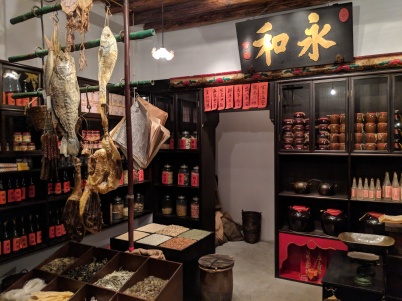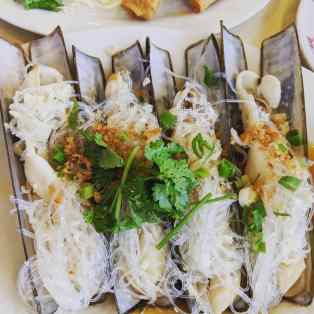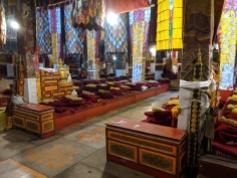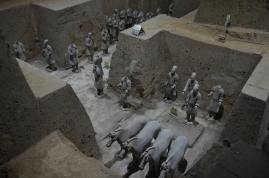During the summer holidays we drove our Tesla Model 3 from Sydney to Melbourne via the Princes Highway and back via the Hume, about 2500 km all in including various detours. We’ve now had the Tesla for a year and this was our third longer road trip (>1000 km), taking us across a wide variety of roads, terrain and weather conditions, so here’s some random thoughts about what I’ve learned and how it all worked out.
Charging strategy
Whenever anybody hears we did a road trip in an EV, their first question is “so how was the charging situation”? The short answer is it’s fine: not once on this trip did we have “range anxiety”, nor did this require extensive planning, Australia’s main roads are well covered by chargers these days. The long answer, though, is a bit more nuanced.
For a road trip, there are basically three kinds of chargers. The first category is really fast DC chargers, like Tesla’s aptly named Superchargers, that can zap you car with 120-250 kW and finish the job in 10-20 minutes. This is perfect for a quick toilet/coffee break, but it’s actually too fast for lunch or serious shopping, and several times I had to go move the car because it was fully charged and most fast chargers now threaten late fees if the car is charged up and there are others waiting.
The second category is merely “fast” DC chargers, usually 50 to 75 kW. Most of Australia’s non-Tesla chargers (Evie, Chargefox etc) fall in this bracket, and I’ve come to the conclusion that they’re by and large useless. There’s often only a stall or two, and if you’re sharing one charger between two cables, the charging speed becomes an even more pokey 25 kW, meaning it may take hours to get anywhere near 100%.
And the rest is all the rest. In my early Tesla days, I used to obsess about “destination chargers”, which are basically the same AC 7 kW unit we have at home. In reality, they’re too slow to make a difference unless you’re staying overnight, in which case even a regular pokey 2 kW wall socket will juice you up.
So here’s our charging strategy: on travel days, do pit stops at Superchargers as needed (typically once a day), often having lunch nearby after filling up. Plug in overnight when possible (holiday parks are great for this, as was staying at the house of a friend with a home EV charger in Melbourne), but otherwise don’t worry about it. Here’s the stats:
| Network | Sessions | kWh | Price/kWh | Cost |
| Tesla | 6 | 166 | $0.70 | $116 |
| Evie | 2 | 30 | $0.50 | $15 |
| Free | 8 | 159 | – | $0 |
| Total | 8 | 355 | – | $131 |
For comparison, driving 2,500 km in a Toyota Corolla with 6L/100 km efficiency and paying the NSW average fuel price of $1.85 this month would have cost us $278, a savings of $157. So while it would obviously take quite a few Sydney-Melbourne round trips to pay off the car, I can see why Teslas are increasingly popular for Uber drivers.
Charging infrastructure
Princes Highway: A year ago, charging infra along this route was limited enough that doing this trip would have been tricky; not impossible, but not a whole lot of options if the Tesla SCs were down. In 2024, it still requires a little planning ahead, but things are much easier. There are also three new planned Supercharger sites at Kiama, Batemans Bay and Bega, so by 2025 charging will be a complete non-issue.
Heading down from Sydney, we drove past the Berry charger because it’s on the wrong side of the Princes Highway and it was pissing down rain. Batemans Bay has 9 (!) non-Tesla chargers now, with one pair of Evies conveniently in front of a Dan Murphy’s, although somebody else had found it too so we were limited to 25 kW. Still, by the time we’d selected two bottles of wine, we had juiced up enough that we had a comfortable buffer to get to our first stop for the night near Bermagui. The biggest gap remains the 244 km from Narooma to Cann River, which has zero fast chargers except a single NRMA 50 kW unit at Bega. But after reaching Orbost and the comparative civilization of Gippsland, chargers (Tesla and otherwise) are plentiful, although Phillip Island oddly has none.
Hume Highway: The Hume is Australia’s busiest long-distance highway, and also the one most amply supplied with Superchargers. With 11 stations already built out, there’s one every 100 km or so, and 4 more stations under construction. The newer sites are built for major growth, with Albury featuring 16 stalls and upcoming Benalla planning 20, but the busiest we saw, and in fact the only Supercharger along the entire journey with more than one other car, was 5 out 8 in use at Goulburn.
Driving long distances in a Tesla
The Model 3 is a great car for long drives. Not perfect, mind you, but still pretty darn great.
The Princes Highway is mostly rural two-lane highway with lots of curves, intersecting roads and frequently changing advisory/legal speed limits, so we drove most of it “manually”. The Tesla excelled at this, it’s fun to drive and the cabin is quiet at lower speeds (80-100 km/h). The biggest pain point was driving in rain, where the “auto” wipers once again proved pretty flaky and we had to flick between wiper speeds manually, either using voice control or pressing the wipe button manually and then stabbing at the touch screen.
The Hume Highway is a proper four-lane mostly-limited-access highway, with just enough crossings to keep things interesting. At 110 km/h for almost all the way, there’s also noticeably more road noise than at 80. Autosteer (adaptive cruise control + lane following + one-tap lane changes) was brilliant on the quieter stretches like Albury to Goulburn, the car pretty much drives itself and you could overtake slower vehicles and get back in the left lane with one turn indicator tap right and another one light tap back. The biggest drama was deciding where to keep your right foot: my wife initially argued for hovering over the brake pedal, which proved very tiring very fast, but soon enough she too was convinced that resting on the floor nearby most of the time was fine.
The one case where we had to pay a little attention was when passing large trucks, particularly if the road was not dead straight, when Autosteer would occasionally get spooked and brake to match the truck’s speed (eg 110 to 90 km/h) instead of zooming past it. No big deal if there’s nobody behind you, but on exactly one occasion this led to a well-deserved honk from another truck breathing down my neck, and we quickly picked up the habit of hovering near the accelerator to counter this when needed. Past Goulburn, when the road got busier and both lanes were constantly in use, Autosteer was still useful for chugging along but I negotiated overtaking manually.
Things I Learned
When you take the Searoad ferry from Sorrento to Queenscliff near Melbourne, EVs get priority and are placed at the front, so they can be more easily pushed into the ocean if the batteries catch fire. Also, the (free to use) Portsea Lounge has excellent taste in Finnish designer bar stools.
On previous road trips, I would very often find myself talking to other excited EV owners at chargers, helping somebody else navigate an app for their first ever DC fast charge or comparing charging speeds. On this trip, the closest I got was a single casual wave from another Model 3 driver making the long haul in the opposite direction near Cann River, where EVs are few and far between. Commodification has its downsides.
Now to decide our next road trip: Sunshine Coast or Kangaroo Island, mayhaps?





 Many Singaporeans will have heard of the tragic story of Lady Jennifer Windsor, wife of Lord Windsor. One of many British residents in the colony, she and her wealthy family lived on a huge estate in Upper Thomson in the 1920s.
Many Singaporeans will have heard of the tragic story of Lady Jennifer Windsor, wife of Lord Windsor. One of many British residents in the colony, she and her wealthy family lived on a huge estate in Upper Thomson in the 1920s.









 Of course, the young woman, too, is a lie: if anything, this is the one demographic striking in its absence at Denarau’s resorts. (There’s a backpacker scene on Fiji too, but Denarau is firmly off that trail.) Instead the pools are sardine-packed with tattooed middle-aged yobbos in wifebeaters, their morbidly obese offspring, the odd honeymoon or wedding anniversary couple regretting their choice, and one older lady whose coiffure and countenance bore a truly remarkable resemblance to Donald Trump in hot pink lipstick.
Of course, the young woman, too, is a lie: if anything, this is the one demographic striking in its absence at Denarau’s resorts. (There’s a backpacker scene on Fiji too, but Denarau is firmly off that trail.) Instead the pools are sardine-packed with tattooed middle-aged yobbos in wifebeaters, their morbidly obese offspring, the odd honeymoon or wedding anniversary couple regretting their choice, and one older lady whose coiffure and countenance bore a truly remarkable resemblance to Donald Trump in hot pink lipstick.



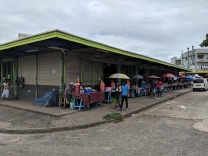
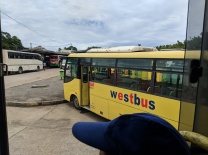











 The first leg downhill was painfully slow, with everybody squeezed into a few lanes of road. I tried to find a middle ground between the slow Sunday cyclists and the lycra brigade, but for most part this just led to various kamikaze idiots passing on both sides. Riding in a dense crowd like this took some getting used to: any sudden changes in speed or direction, on your part or others’, could easily lead to a crash.
The first leg downhill was painfully slow, with everybody squeezed into a few lanes of road. I tried to find a middle ground between the slow Sunday cyclists and the lycra brigade, but for most part this just led to various kamikaze idiots passing on both sides. Riding in a dense crowd like this took some getting used to: any sudden changes in speed or direction, on your part or others’, could easily lead to a crash.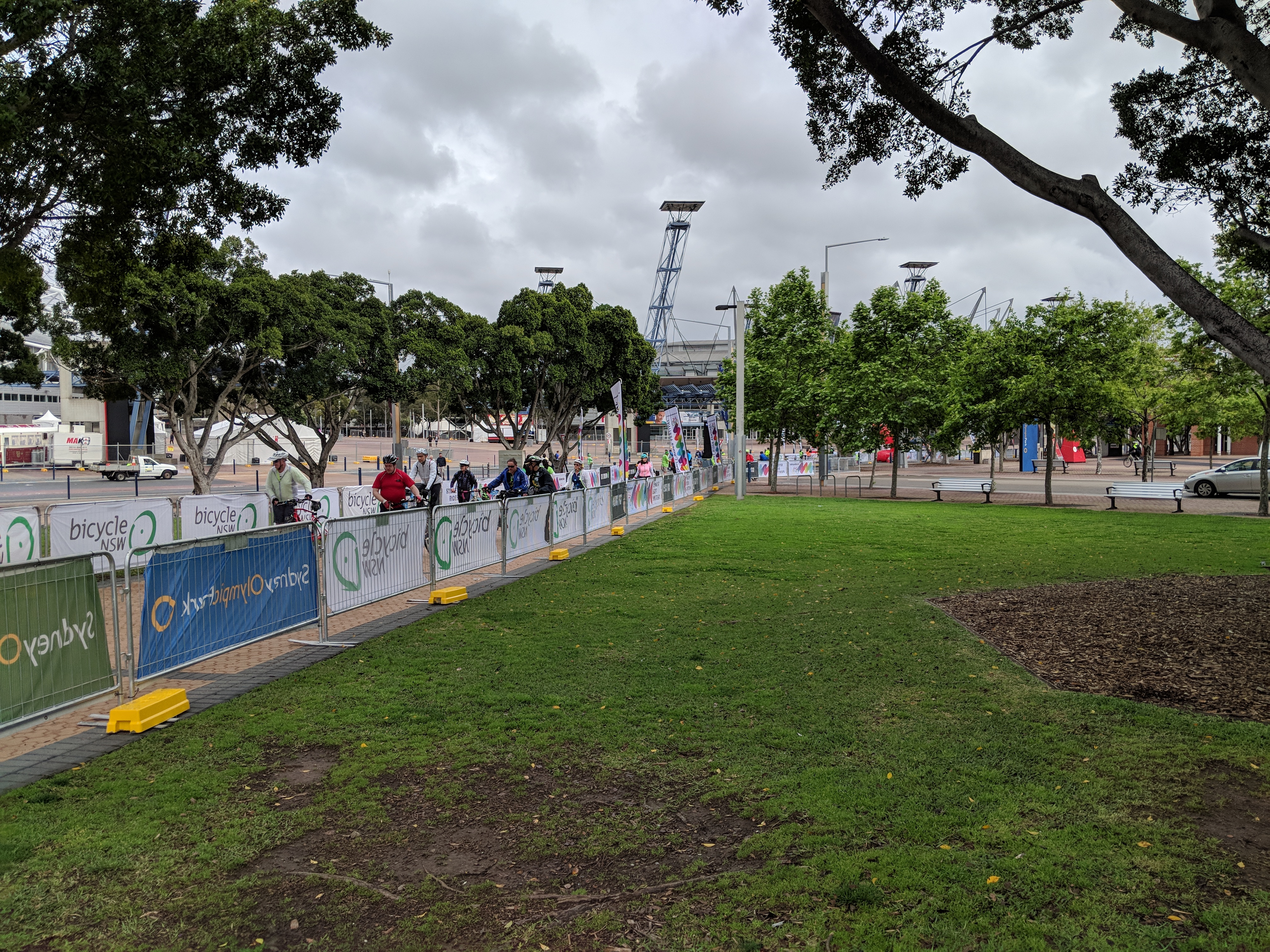 By this time the rain had slowed down from a urinous torrent to an incontinent dribble. After a very short break at the official 20 km rest area at Greenway in Haberfield (water available, none of the rumoured bananas in sight though) I plowed on, past my family who’s gotten out of a bed at 8 in the morning on a Sunday to cheer me on (thanks!), finally escaping the maze of minor roads at Sydney Olympic Park. The final 20 km was almost entirely on dedicated bike trails and seemed to just fly by, although there were a number of spots where you had to slow down for massive puddles covering the entire road. A final break in Meadowbank Park, where I finally peeled off my rain gear, then a madcap dash through a near-deserted Olympic Park, and before I knew it I was at the finish line. Surprisingly painless and fun!
By this time the rain had slowed down from a urinous torrent to an incontinent dribble. After a very short break at the official 20 km rest area at Greenway in Haberfield (water available, none of the rumoured bananas in sight though) I plowed on, past my family who’s gotten out of a bed at 8 in the morning on a Sunday to cheer me on (thanks!), finally escaping the maze of minor roads at Sydney Olympic Park. The final 20 km was almost entirely on dedicated bike trails and seemed to just fly by, although there were a number of spots where you had to slow down for massive puddles covering the entire road. A final break in Meadowbank Park, where I finally peeled off my rain gear, then a madcap dash through a near-deserted Olympic Park, and before I knew it I was at the finish line. Surprisingly painless and fun! Bike:
Bike:  My thoroughly unscientific diet on the day:
My thoroughly unscientific diet on the day:





























































